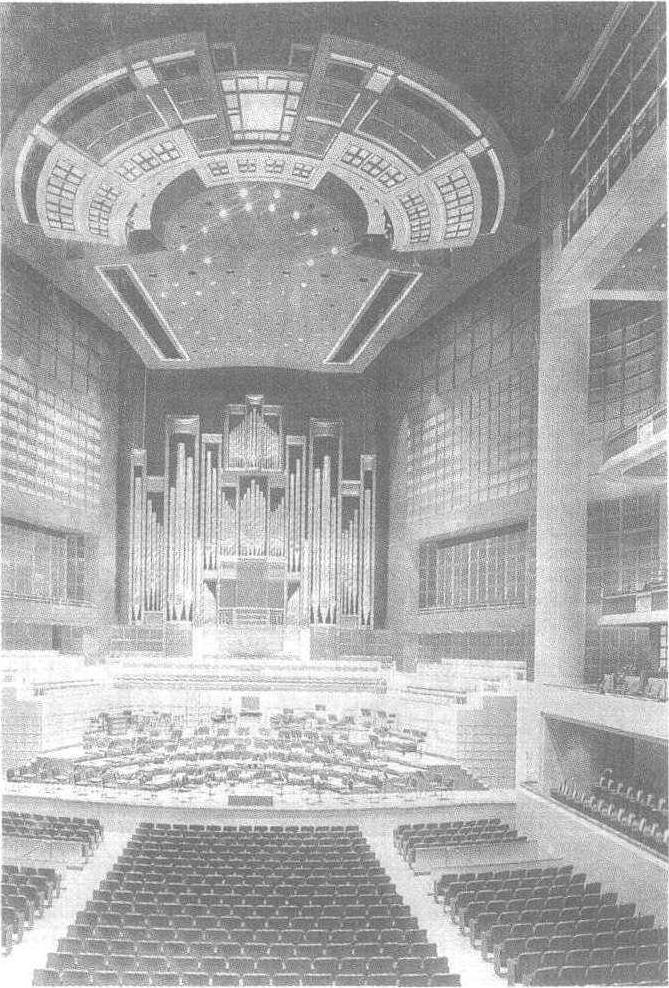贝聿铭
美国华裔现代派建筑大师,1917年生于广东,上海中学毕业后进麻省理工学院学习,在哈佛大学获硕士学位,毕业后曾担任W·泽肯多夫地产公司建筑部负责人,参加设计了许多大型工程,后来在纽约开设自己的事务所,设计有美国大气研究中心,达拉斯市政厅(如图),费城社会岭住宅区等许多佳作。他善于运用石材、钢和玻璃的美学特性进行建筑创作,通过简单的几何造型和材料对比获得视觉上的强烈感受,进行了许多难度很高、极易引起争议的重要地段建筑的设计,如华盛顿国家美术馆东馆,卢佛尔宫的扩建等,以现代建筑的风格完满地解决了新建筑在富于历史的传统地段与传统风格的建筑的协调问题,他的设计始终遵循现代派建筑的传统,少有繁琐装饰,而通过优美的具有视觉冲击力的体型组合,精心设计的细部处理来获得建筑从整体到局部的完美感受。)

达拉斯市政厅
贝聿铭
建筑大师。1917年4月26日生于中国广东。在上海的美国教会学校接受的中学教育。1935年离开上海赴美国,先在宾夕法尼亚大学学习建筑,后转到麻省理工学院,1940年获学士学位。1946年获哈佛大学硕士学位并留校任教。1948~1955年在威廉、泽根道夫的韦伯纳普公司担任主任建筑师。1955年,开设了自己的建筑设计事务所至今。贝聿铭早期的建筑设计具有很典型的国际主义风格特征。在20世纪60年代开始逐渐形成自己的设计思想。他强调建筑具有的社会性。这个思想体现在他的“建筑是一种社会艺术的形式”上。这一时期他做了许多规划设计:华盛顿的朗方广场一期规划、巴黎德方斯区规划等。在这些设计中他尽量协调个体建筑和城市规划间关系。他的设计思想还体现在他的多元素综合原则上,包括技术条件的约束、环境的制约、建筑师个人的体会、社会的需求等多方面。这一观点最具代表性的建筑就是美国国家大气研究中心建筑群和北京香山饭店。贝聿铭在他的设计中,还强调建筑的空间与形式的关系。他将两者有机地结合起来综合考虑,创作出了华盛顿美国国家美术馆东馆、达拉斯音乐厅等杰出建筑。贝聿铭最引起世界关注的建筑应属巴黎卢浮宫的扩建工程。1979年获得了美国建筑师协会金奖。1983年曾荣获建筑界最高的国际大奖——普利茨克奖。